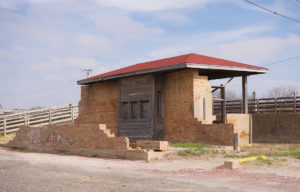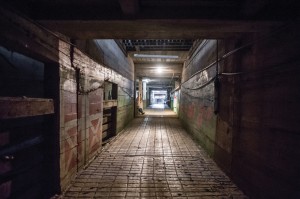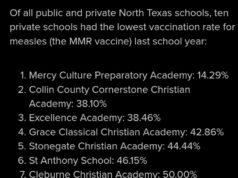
With more than 7,000 historic buildings in her care, historic preservation officer Liz Casso puts in a lot of overtime. The vast majority of requests for historic-building status are initiated by property owners, she said. That the plan to create a special historic district for the Stockyard was put forth by a government entity, Fort Worth City Council, was novel, she said.
A lot of property owners are offended by the proposed overlay, claiming that it will infringe on their rights.
So this is what Casso is dealing with.
“A lot of people are afraid of it,” she said. “But preservation is not meant to stop [progress]. You can absolutely make changes to your historic buildings. Having a historic district guides that process. It doesn’t stop it.”
Under the proposed historic-district overlay, she said, interior changes would not be restricted. Minor repair and maintenance that affect the exterior would need to be approved by city staffers, a process that Casso said usually takes less than a day. Major construction projects would require approval by the Historic and Cultural Landmarks Commission. Part of the overlay also will include tax incentives: Investing a certain amount into a property qualifies the owner or owners for a 10-year freeze on their city property tax.

Public hearings on the proposed historic district began last Monday, Jan. 11, at 1000 Throckmorton St. The entire process, including the drafting of a form-based code to govern designs of future buildings in the area, is scheduled to run into September.
Schwartz said Historic Fort Worth Inc. will push to extend the proposed overlay boundaries to include several buildings and structures nearby. She has been actively involved in the debate for a year and a half. For much of that time, she had little support from City Council. The proposed historic district by City Council created a “complete 180” in the debate.
“In the end, we’re happy to see a historic district of any kind,” she said.
As time passes and emotions temper, she hopes developers and business owners on the other side of the debate see preservation as complementary and not contradictory to commercial interests.
“We’re not interested in turning the area into a museum,” she said. “Preservation is a tool for managing change.”











